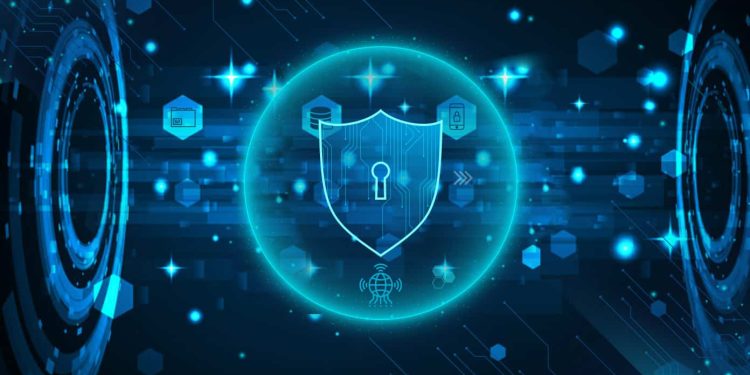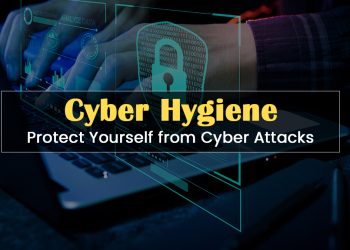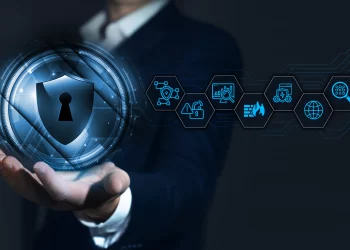Cyber-attacks on both individuals and companies seem to break new ground every year. In 2019, we saw cybercriminals leveraging modern hacking tools and techniques to steal corporate login credentials and other details. As per the ‘2019 Thales Global Threat Report’, 60% of organizations agree they have been breached at some point in their past, with 30% experiencing a breach in the last year alone. The U.S. had the maximum number of breaches in the past three years (65%) and in the previous year (36%).
Consequently, whatever technologies an organization deploys to transform the business digitally, the smooth and timely access to crucial data puts them at risk both internally and externally. The IT security departments will have to work towards mitigating such risks in advance if they wish to secure the firm in the face of these ongoing threats. And, the good news is that the field of cybersecurity is intensifying to the challenge and planning to put up a noble fight this year.
What to Expect in 2020?
In this article, we have considered some emergent technologies of today to predict what is in store for cybersecurity this year.
Investment in Cybersecurity Automation
Automation is making life easier for cybersecurity professionals who wish to scale their data protection efforts. Some security information and event management (SIEM) organizations have already started embracing cybersecurity management platforms in their everyday tasks.
According to a survey by Ponemon Institute, 79% of companies use security automation tools and platforms, and 50% are planning to use it within three years. This shift towards automation is proven to improve productivity and also the skills and knowledge required to reduce cybersecurity risk.
Amplified Data Privacy Regulations
Organizations are preparing for data privacy legislation in 2020. In May 2018, we saw Europe’s General Data Protection Regulation (GDPR), creating noise all over the internet. This law gave supreme rights to the data privacy of European citizens by making companies who collect personal information abide by specific rules.
Now, in the U.S, the individual States are introducing their versions of the data privacy rules. The California Consumer Privacy Act (CCPA) bill being one among them, came into effect in January of 2020. CCPA establishes new, groundbreaking consumer rights and takes a broader view than the GDPR.
These laws create a more significant opportunity for IT security firms, as it forces them to retrace the customer data collection, storage, and deletion process.
Drones for Intelligence Gathering
Along with innovation and development, drones will now be treated as any other IoT device that gathers and stores sensitive information. Companies are focused on identifying various factors associated with the protection of drones, such as:
- Who controls the drone’s activities
- What information is stored by a drone
- How information access is managed and monitored
- Who is responsible for securing the information
The organizations are creating a security framework to address these questions and thereby lessen the emerging security risks and potential challenges.
Mobile devises Imposing Cyber-Threat
Today, mobile fraud is outpacing all other scams online. As per the research report by RSA, 60% of fraudulent transactions come from mobile devices, with 80% originating from the app. As mobile devices are increasingly touching every aspect of personal and professional lives, risk exposure is higher.
It has now become a natural shift for cybercriminals as banks and retailers are extending the range of their services to mobile apps. Also, some companies buy and control various devices from multiple vendors, making it harder to deploy unified cybersecurity solutions.
The cybersecurity leaders are now focusing on mobile security protections, which is flexible and adaptable in the face of progressively refined and persistent global threats. The industry is also working hard to educate users on how to decrease impending mobile app risks.
Conclusion
Although it’s uncertain, we can expect cyber-threats to become a predominant and more complex factor in the corporate environment. Hence to save oneself from future challenges, businesses have to invest in the most effective cybersecurity strategies and harvest the talent needed to keep up with it. The IT security team should strengthen the focus on holistic data protection, malware attack mitigation, device security, and phishing prevention by studying the latest trends and stay one step ahead of wicked actors.








